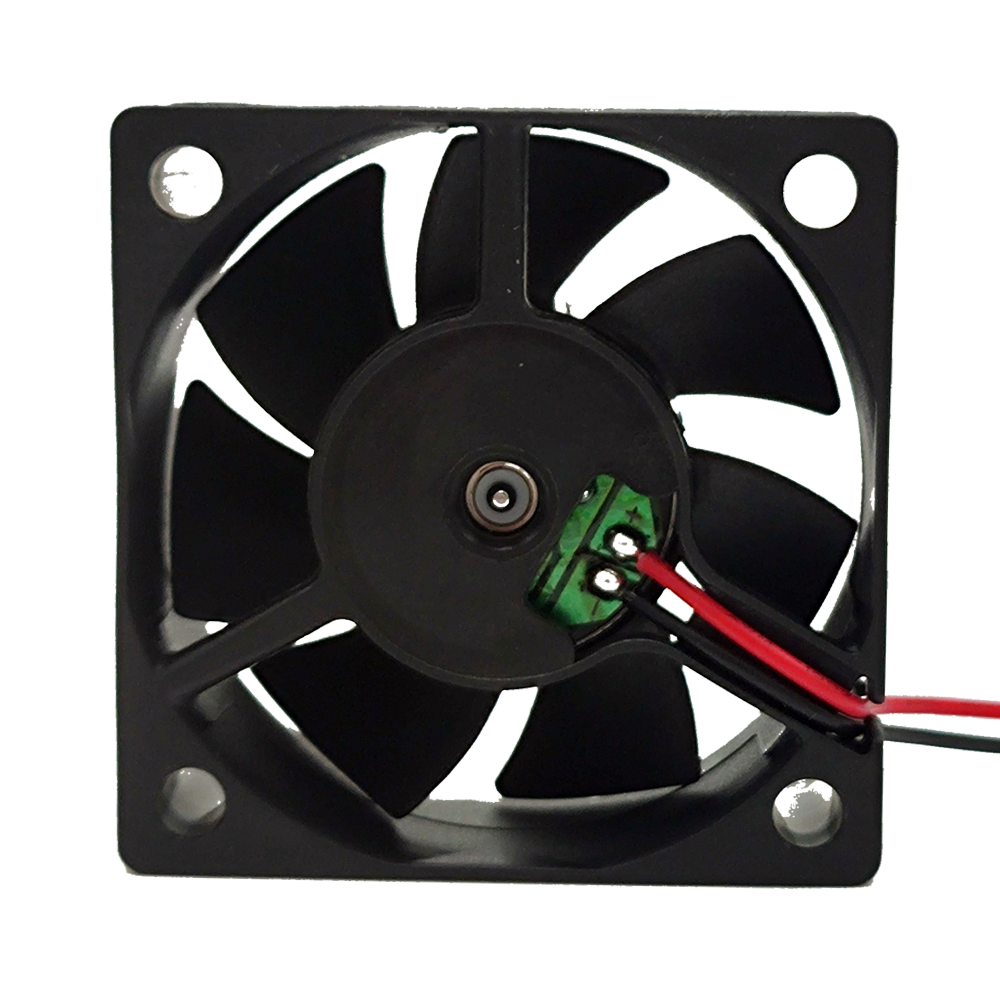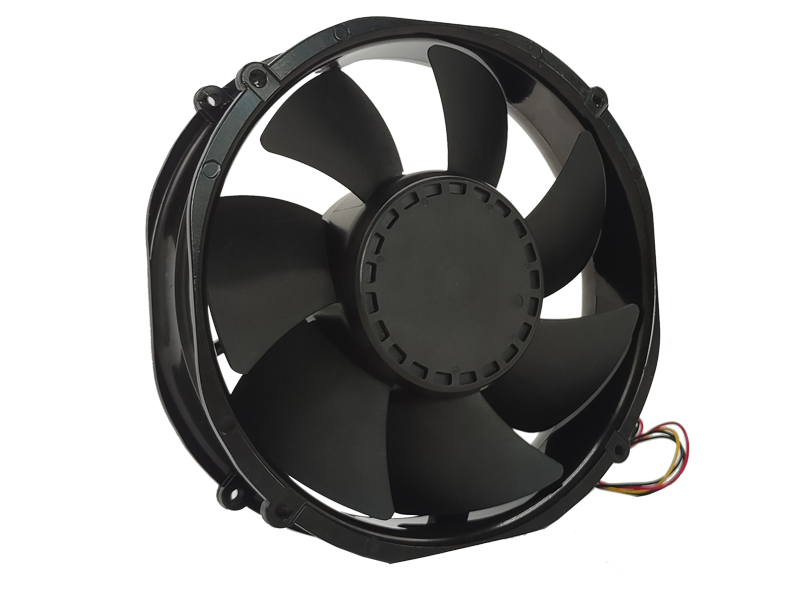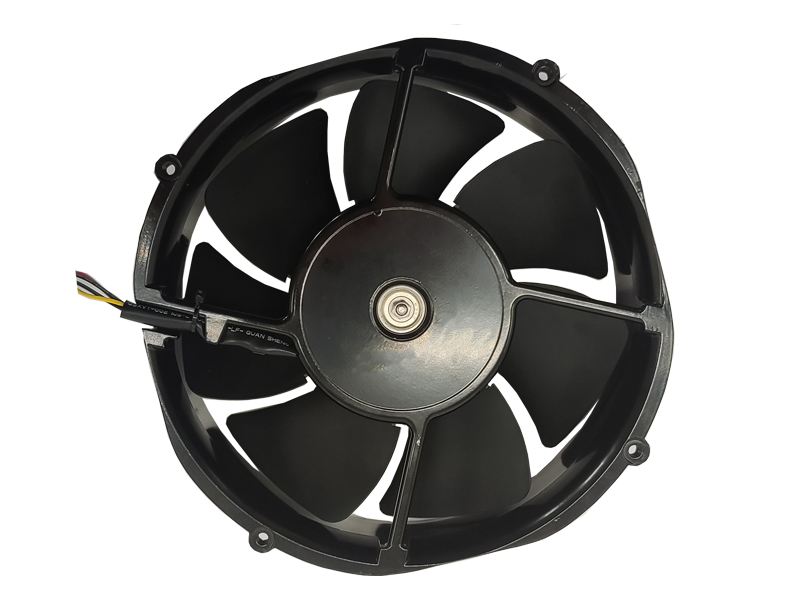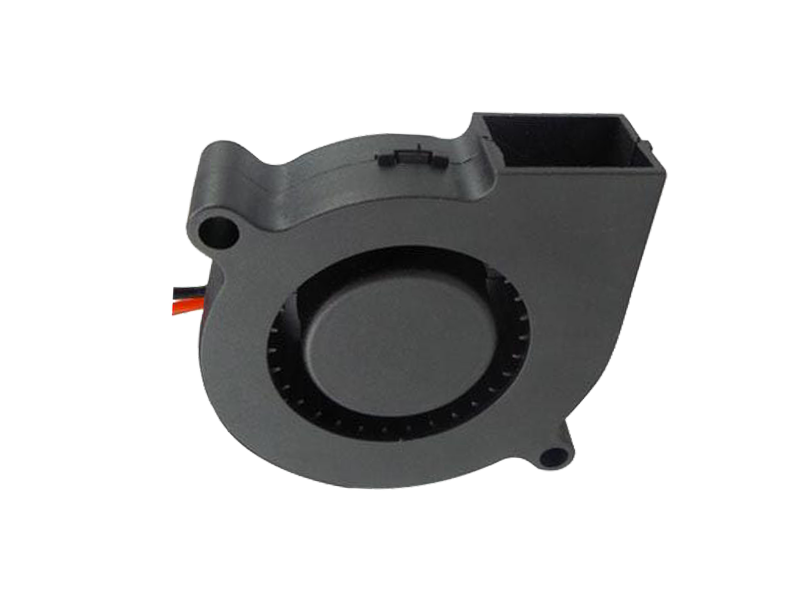Industrial fans are indispensable tools in a wide range of industries, from manufacturing plants and warehouses to agricultural facilities and HVAC systems. These fans help maintain optimal environmental conditions by promoting air circulation, cooling machinery, and controlling humidity. Over the years, industrial fan technology has evolved significantly, responding to the growing demands for efficiency, energy conservation, and sustainability.
This article explores the evolution of industrial fans, highlighting key technological advancements, innovations in materials and design, and the shift towards energy-efficient solutions. It also discusses how manufacturers are addressing market demands for reliable and cost-effective products.
The Rise of Industrial Fans: A Historical Perspective
Early Designs and Mechanisms
Industrial fans, in their early iterations, were simple mechanical devices powered by steam engines or basic electric motors. They were designed primarily for ventilation and cooling, moving air over short distances. These early models were bulky, inefficient, and limited in their applications. Despite these shortcomings, they laid the foundation for the advanced industrial fans we see today.
The Shift to Electric Motors
The introduction of electric motors was a game-changer for the fan industry. Electric-powered fans offered greater control over speed and performance, enabling operators to adjust airflow as needed. This marked a significant improvement in efficiency and flexibility, paving the way for the widespread use of industrial fans in diverse applications, from cooling large machines to providing ventilation in closed spaces.
Technological Advancements in Fan Design
Aerodynamic Blades and Efficiency
One of the most significant innovations in industrial fan design has been the development of aerodynamic blades. These blades are engineered to maximize airflow while minimizing energy consumption. Modern fan blades are designed with specific angles and materials to reduce drag and turbulence, ensuring that air moves smoothly through the fan. This improves the efficiency of the fan, allowing it to move larger volumes of air without requiring more energy.
For example, fans used in data centers, manufacturing plants, or agricultural facilities often feature specialized blade designs that are optimized for high airflow and low energy consumption. These fans are crucial in maintaining the optimal operating conditions for machinery or crops, where temperature and humidity must be carefully controlled.
Variable Speed Drives (VSD)
The integration of Variable Speed Drives (VSD) into industrial fans has revolutionized the way these fans operate. VSDs allow for precise control over the speed of the fan motor, which means airflow can be adjusted based on real-time needs. This is particularly important in large industrial environments where airflow requirements can fluctuate.
By adjusting the fan speed, businesses can significantly reduce energy consumption. For instance, if a fan operates at a reduced speed during off-peak hours or in lower-demand areas, it consumes less energy without sacrificing performance. VSDs also help extend the lifespan of fan components by reducing wear and tear caused by constant high-speed operation.
Energy Efficiency and Sustainability
Brushless DC Motors
The demand for energy-efficient solutions in industrial applications has led to the development of brushless DC motors in industrial fans. These motors are more efficient than traditional AC motors, consuming less energy while offering higher performance. Brushless motors have fewer moving parts, which also means they require less maintenance and have a longer operational lifespan.
Eco-friendly Materials and Sustainability
With sustainability becoming a priority in modern manufacturing, many industrial fan manufacturers are turning to eco-friendly materials. Recyclable metals, biodegradable plastics, and low-VOC (volatile organic compounds) coatings are increasingly being used in the production of industrial fans. These materials not only reduce the environmental impact of fan production but also ensure that fans are easier to recycle at the end of their life cycle.
Compliance with Energy Standards
As governments and organizations set stricter energy efficiency standards, industrial fan manufacturers are focusing on compliance with regulations such as the EU Ecodesign Directive or the U.S. Energy Star Program. These certifications ensure that fans meet specific performance benchmarks related to energy consumption, which ultimately benefits both the environment and businesses looking to reduce operational costs.
The Future of Industrial Fans: Emerging Trends
Integration with Smart Technologies
The future of industrial fans lies in smart technologies. IoT (Internet of Things)-enabled fans are becoming increasingly popular in industrial applications. These fans are equipped with sensors that monitor environmental factors such as temperature, humidity, and airflow. The collected data is then analyzed to optimize fan performance in real-time.
Smart fans can be remotely controlled and adjusted via cloud-based platforms, allowing businesses to monitor and manage multiple units from a single interface. Predictive analytics can also be used to anticipate maintenance needs, reducing downtime and increasing operational efficiency.

Noise Reduction and Comfort
In some industrial environments, noise levels from high-speed fans can be a major concern. New designs are focusing on reducing the noise produced by industrial fans while maintaining optimal performance. Innovations in blade design, motor technology, and the use of noise-dampening materials are helping to minimize operational sound levels, creating a more comfortable environment for workers.
Customization and Tailored Solutions
The future of industrial fan products will also involve increased customization. Manufacturers are offering more tailored solutions that are designed to meet the unique needs of specific industries or applications. Whether it’s the size of the fan, the type of motor, or the materials used, fans will be increasingly designed to cater to specific environmental conditions and performance requirements.
Conclusion
Industrial fans have come a long way from their early mechanical predecessors. Today’s fans are highly efficient, energy-conscious, and capable of meeting the diverse needs of modern industries. As technology continues to advance, industrial fans will become even more sophisticated, integrating with smart systems, using eco-friendly materials, and offering greater customization. For businesses, investing in high-quality, energy-efficient fans is essential for maintaining optimal operational performance while minimizing energy consumption and environmental impact.
Recommended Products

The main purpose:Car charging station

The main purpose:Car charging station

The main purpose:Electronic refrigerators, water dispensers, direct drinking machines, inverter power supplies
Address:No. 4137, Longgang Avenue (Henggang Section), Henggang Community, Henggang Street, Longgang District, Shenzhen
hotline:13530005572(Chen)15112579390(Li)


Welcome all friends to come for consultation and negotiation.
Copyright 2024 @ Shenzhen Youneng Xinyuan Electronics Co., Ltd.,(industrial fans,industrial blowers,axial fans,cooling fans manufacturer,centrifugal fans,ac cooling fans,dc cooling fans)